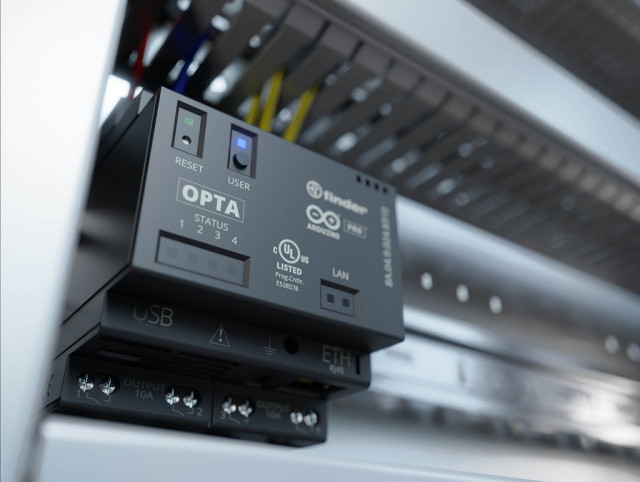Bridge the gap between signal and output.
Bridge the gap between signal and output.
Relays are electrically operated switches that control power circuits using low-voltage signals. They isolate and amplify control signals from devices like PLCs, sensors, and timers, enabling safe and reliable switching of motors, alarms, lighting, solenoids, and other high-power loads.
Used throughout industrial automation, relays provide key functionality in signal conversion, electrical isolation, and time-based control. From electromechanical and solid-state to timer and interface relays, these compact components ensure accurate switching performance while protecting upstream control systems. Available in DIN-rail and plug-in formats, with a wide range of coil voltages and contact configurations, relays are a fundamental part of scalable control panel design.
Why Are Relays Essential?
- Signal Amplification – Boost low-level control signals from PLCs, sensors, or switches to actuate larger loads safely and consistently.
- Electrical Isolation – Physically separate control circuits from high-voltage power lines to protect automation systems from faults and surges.
- Flexible Switching – Handle both AC and DC loads with a broad range of contact types, coil voltages, and multi-pole configurations.
- Time-Based Control – Enable advanced sequencing with timer relays for delay-on, delay-off, interval timing, and pulse generation.
- Compact Panel Design – Simplify enclosure layouts with DIN-rail and plug-in form factors that save space and streamline wiring.
- High-Cycle Reliability – Designed for millions of operations under continuous load, supporting long-term use in high-demand systems.
- Standards-Ready Designs – Compliant options available for UL, IEC, CE, and industrial panel requirements across markets.

Relays help you achieve:
Precision
Control
Precision
Control
System
Protection
System
Protection
Clean
Panels
Clean
Panels
Sequencing
Flexibility
Sequencing
Flexibility
Connect with an automation pro today!


